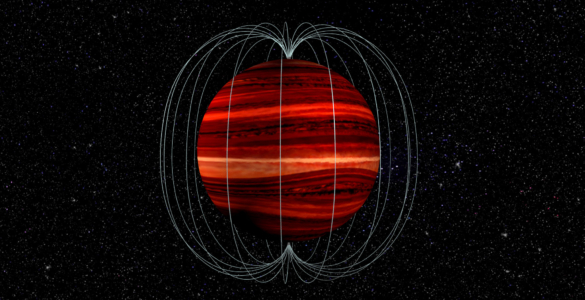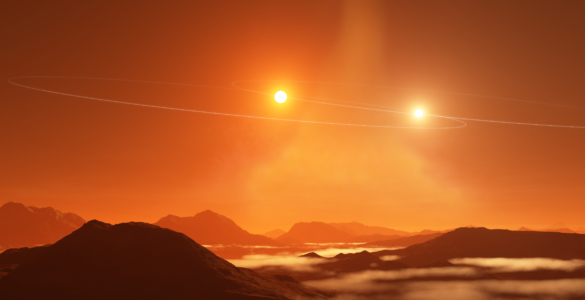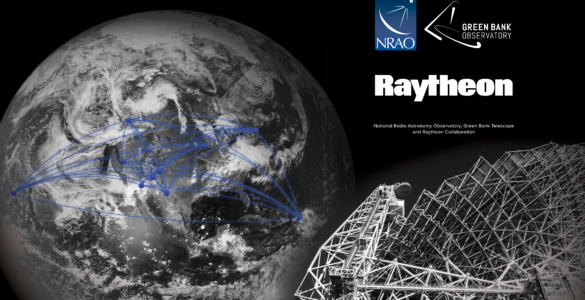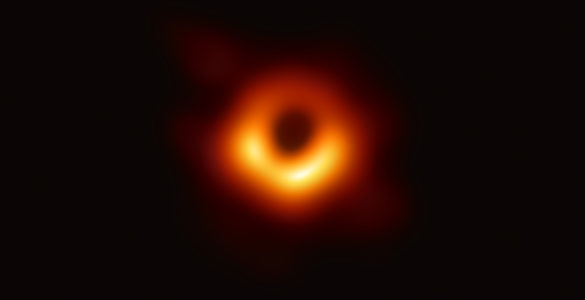Latest NRAO News
News is managed by NRAO News & Public Information. Questions about News? Have a story to share? Want to interview a scientist or create new media about our telescopes?

Using VLA and Spitzer observations, astronomers are able to determine wind speeds on a brown dwarf for the first time. They believe the technique also could be used for exoplanets.

The Event Horizon Telescope has observed the finest detail ever seen in a jet produced by a supermassive black hole.

Thankful Cromartie, a NRAO Grote Reber doctoral fellow at the University of Virginia’s Department of Astronomy, has received an Einstein Fellowship under the prestigious NASA Hubble Fellowship Program (NHFP).

Astronomers using ALMA have found striking orbital geometries in protoplanetary disks around binary stars.

Raytheon Company, the National Radio Astronomy Observatory and the Green Bank Observatory entered a cooperative research and development agreement.

Kazunori Akiyama, a Jansky Fellow of NRAO at MIT Haystack Observatory, has received the 2020 Young Astronomer Award from the Astronomical Society of Japan for his contributions to the first-ever images of a black hole.





